Kresha Bajaj
— Written primarily based on exclusive insights from Designer, Kresha Bajaj (Also an esteemed PureLuxe Member)
The land of pharaohs, pyramids, and the mighty Nile River, Egypt never fails to mesmerise travellers seeking adventure, history, and cultural immersion. But this enchanting land holds more fascination than the grains of sand in the Sahara. From vibrant coral reefs teeming with unique life to starlit nights in the White Desert, Egypt presents a kaleidoscope of experiences that will ignite your wanderlust beyond your imagination.
We chat with renowned designer Kresha Bajaj, whose latest collection, "Nephthys," draws upon the richness of Egyptian culture. Through intricate craftsmanship and impeccable designs imbued with ancient symbols and colours, it offers a glimpse into the timeless allure of this ancient land. More than just a beautiful conversation, Kresha's insights offer a unique perspective on Egypt, inviting you to see it anew.
Join us as we get into the stories behind the stitches through Kresha Bajaj's unique insights that unweave the secrets of this captivating land—one inspiration at a time.
PL: What drew you to Egyptian culture as inspiration for your latest collection, Nephthys?
Kresha Bajaj: I have always been a collector of objects that catch my attention. Always in pursuit of beauty, I suppose, but when I travelled to Egypt in 2021, it transformed how I see and approach objects. For centuries, Egyptian culture has assigned meaning and power to our possessions—the mundane and the extraordinary. They chose beloved pieces to accompany them into the afterlife and preserved them with care. From their mythology to architecture, the idea that beauty outlives us is very entrenched.
Kresha Bajaj
It made me think very deeply about the significance of beauty, and beautiful things, and sparked a new creative journey for me, personally. And in the context of a global pandemic and several life changes, I came back to the drawing board with a beginner's mind. I wanted to look past creative boundaries set by myself and others and reinterpret my own design vocabulary, to keep up with my personal and professional growth and to meet my customer where she is, in her journey.
All of this has been alchemised into my new collection, Nephthys.
PL: Can you share specific elements of Egyptian culture that stood out to you and influenced the design of the collection?
Kresha Bajaj: The collection was named after Nephthys, the goddess of darkness, inspired by and named for an ancient Egyptian goddess “of extraordinary loveliness, possessing a heavenly beauty”. Nephthys was the twin sister of Isis, who is better known.
I was very drawn to the idea that there exists a duality in each of us. Opposing forces that balance each other out. Ancient Egypt believed deeply in this concept, and out of that was born the two sisters, Nephthys and Isis. This or that.
Associated with the setting sun, twilight and darkness, Nephthys held the power of sacred words and magic spells. Isis, or "the Great Magic”, represented the other side of a woman — a nurturer, a mother, selfless and self-sacrificing. Distinguished only by their headgear, the sisters are referred to as a pair throughout Egyptian mythology - “sis comes and Nephthys comes, one of them from the west and one of them from the east, one of them as a raptor, one of them as a kite.”
Aside from this, I was also fascinated by the use of pigments and the attention to detail across Egyptian art and architecture. It also seeps into daily life and seemingly mundane objects. My camera roll is filled with photographs of everything from ancient hieroglyphics to jewellery, crockery, tiles and landscapes.
PL: How did your research for the Nephthys collection impact your perception of modern-day Egypt, and how can travellers connect with both the historical and contemporary aspects of the country?
Kresha Bajaj: I have to emphasise that my research was focused on history, mythology and historical art and objects. That said, I love how modern Egypt lives with a deep sense of respect for their heritage and provenance, and they have preserved so much. Which is what allowed me to discover as much as I did. When you travel, I think what always helps is to balance out the old with the new in the experiences you choose.
I loved visiting smaller coastal cities where the activities are based less on historical tours. For example, we sailed and dove on a liveaboard for a week. The water and marine life are so spectacular and crystal clear. Also the wrecks! Egypt is full of beautiful wrecks including the Thistelgorm from World War 2.
PL: For someone planning to explore Egypt, what cultural aspects or landmarks would you recommend they prioritize to truly immerse themselves in the country's rich heritage?
Kresha Bajaj: Cairo and Luxor are beautiful, especially for all the historic elements, temples, pyramids etc. If you don’t feel claustrophobic, then I highly recommend entering the Pyramids and seeing what it was like inside.
The hot air balloon ride is a bit commercial but the views that you get of the valleys are spectacular. It’s definitely worth it just to see how beautifully hidden these tombs were within the mountains and valleys.
Aswan was my favourite just because of how beautiful the Nile is. The charm of a city is also a bit different and a short boat ride away was one of my favourite places - the Nubian Village. This was out of a storybook, with really cute multicolour houses, markets and lovely food.
The one thing I missed which I would really recommend is the salt lakes in Siwa Oasis. Have saved this for my next trip!
PL: Do you have any favourite destinations or hidden gems in Egypt that you would suggest to travellers seeking an authentic experience?
Kresha Bajaj: Hurgada, the port from where we boarded our live aboard was a nice surprise and break in the middle of the historic tour of Egypt. The pier was fun, lively and filled with cute cafes and bars. The water was clear and beautiful. It seemed like a mini Island getaway in the middle of the desert and temples which was really nice.
PL: Are there any specific dos and don'ts that you would recommend to travellers visiting Egypt, based on your understanding of the culture?
Kresha Bajaj: I think one should know ahead of time what they want to see. You can be as crazy or limited in terms of what you want to explore. If you do decide to see all of it, it’s quite time-consuming and you need to be a history buff. We went in November, and it was still really warm and very sunny during the day. And the dryness of the desert can make your brain feel fuzzy.
Be open to trying the traditional cuisine and visiting offbeat places. Our best meals were the unplanned ones. Egyptians are still conservative. I would suggest covering the knees and shoulders especially while walking around. I wore shorts on the first day during a museum visit, and I realised very quickly that I should pack my shorts away for the rest of the trip. No one will say anything, but I think it’s always important to respect people’s cultures, especially as tourists.
PL: Can you share 5 unmissable experiences when in Egypt?
Kresha Bajaj:
Immerse yourself in Nubian culture at the Nubian Village
Discover the serenity of Siwa Oasis
Go Temple-hopping when driving between Luxor and Aswan
See the sunrise over the Valley of the Kings from a hot air balloon
Indulge in a traditional breakfast at Felfela in Cairo
In a world where inspiration can be found in the most unexpected of places, fashion designer Kresha Bajaj translated her inspiration to create her latest collection, Nephthys which encapsulated the very essence of Egyptian culture — through fabrics, embellishments and intricate detailings. From the bustling streets of Cairo to the serene banks of the Nile, she found inspiration in every artefact she spotted. Kresha reflects on her experience in Egypt, where she discovered more than mere relics of a bygone era. Through her view of Egypt, we want to imbue a sense of wonder and appreciation for the land of pharaohs in you.
If Egypt is on your bucket list, tick it off with us. Contact us to plan a tailored trip to Egypt and get access to the finest experiences at great value.




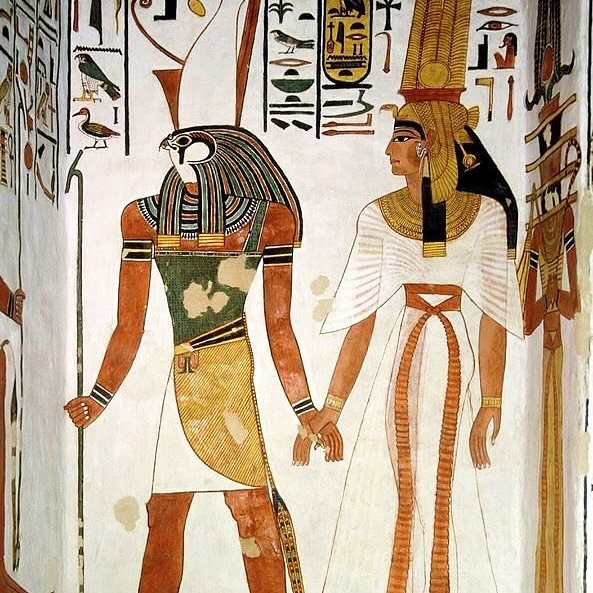



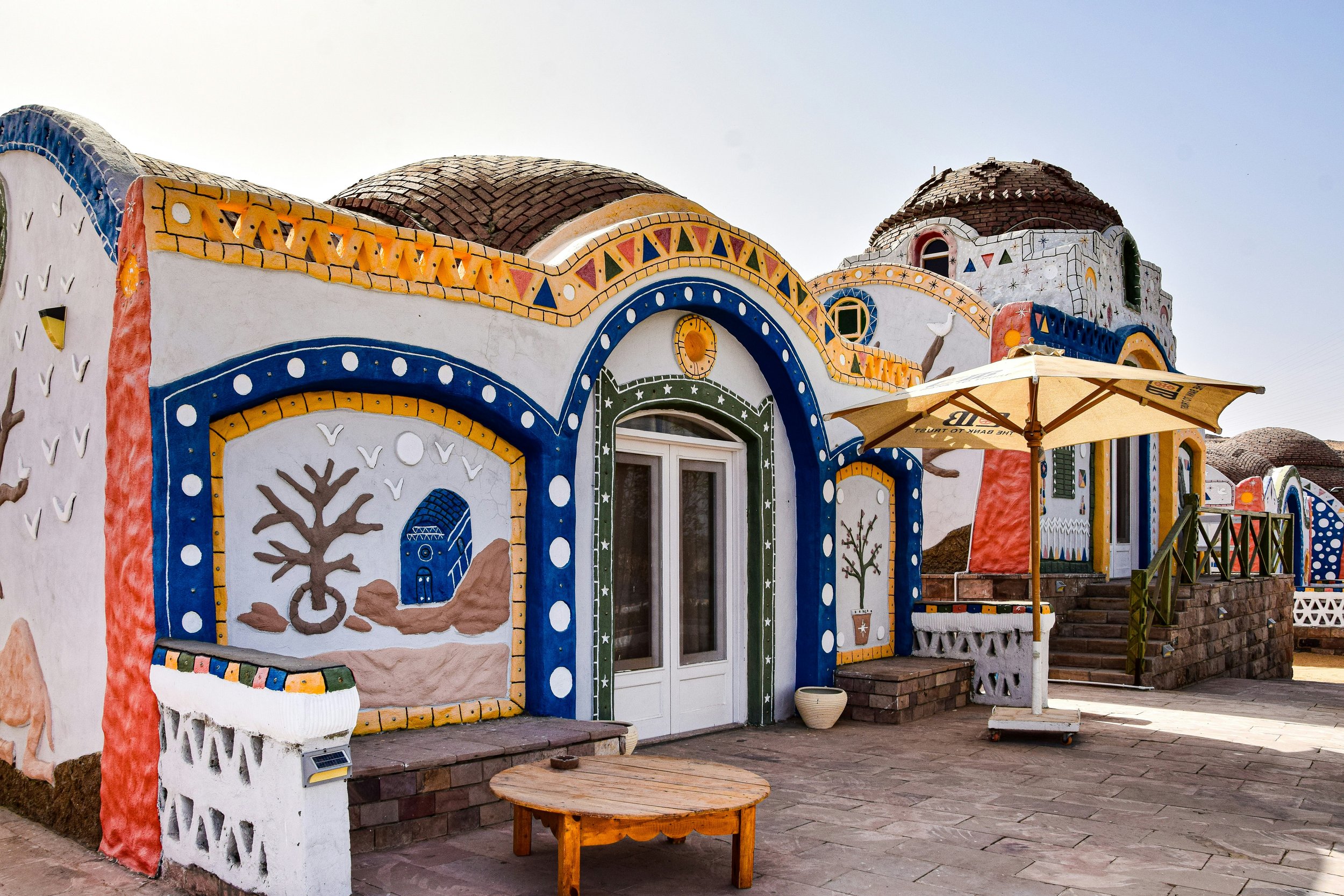
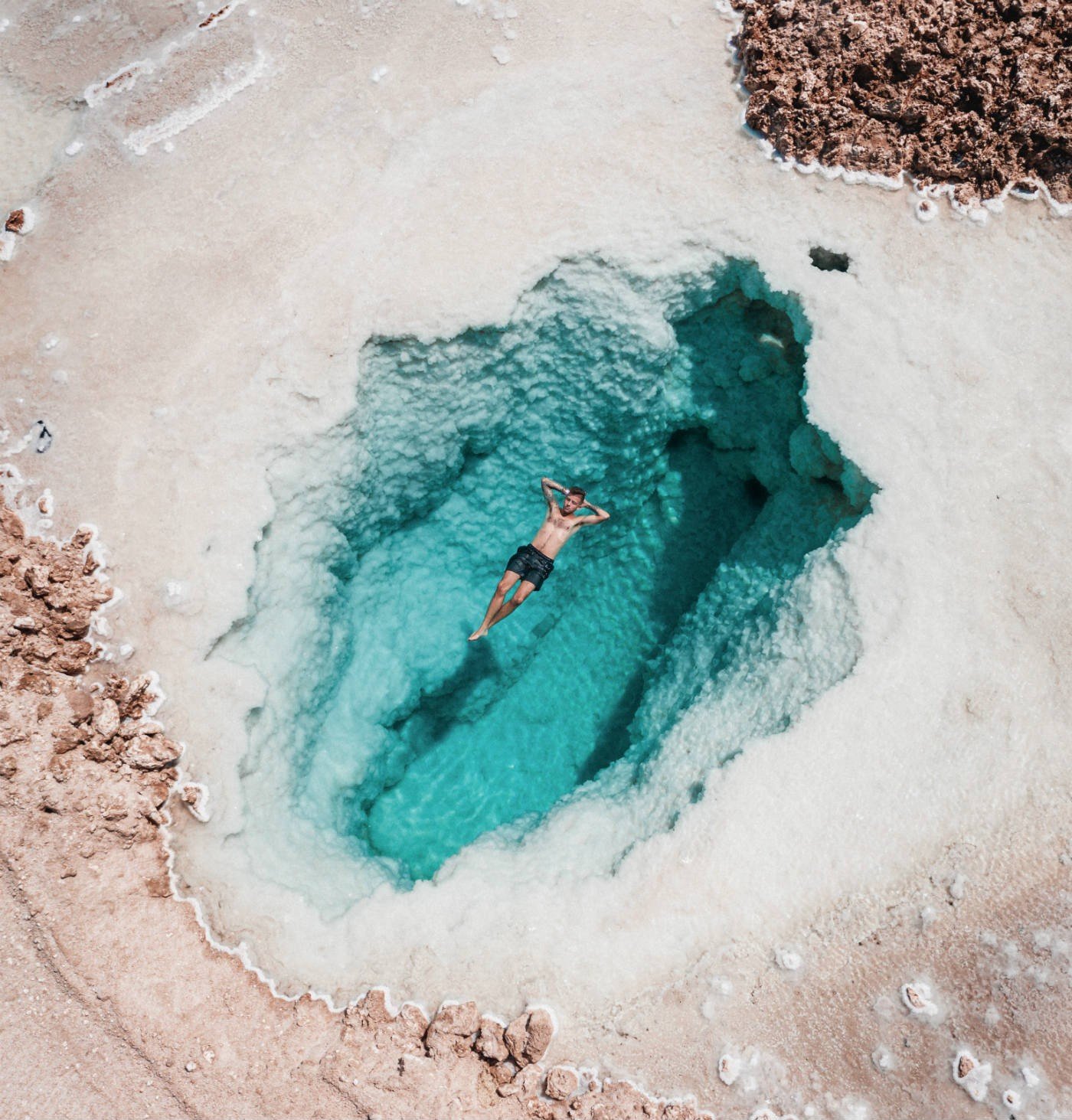
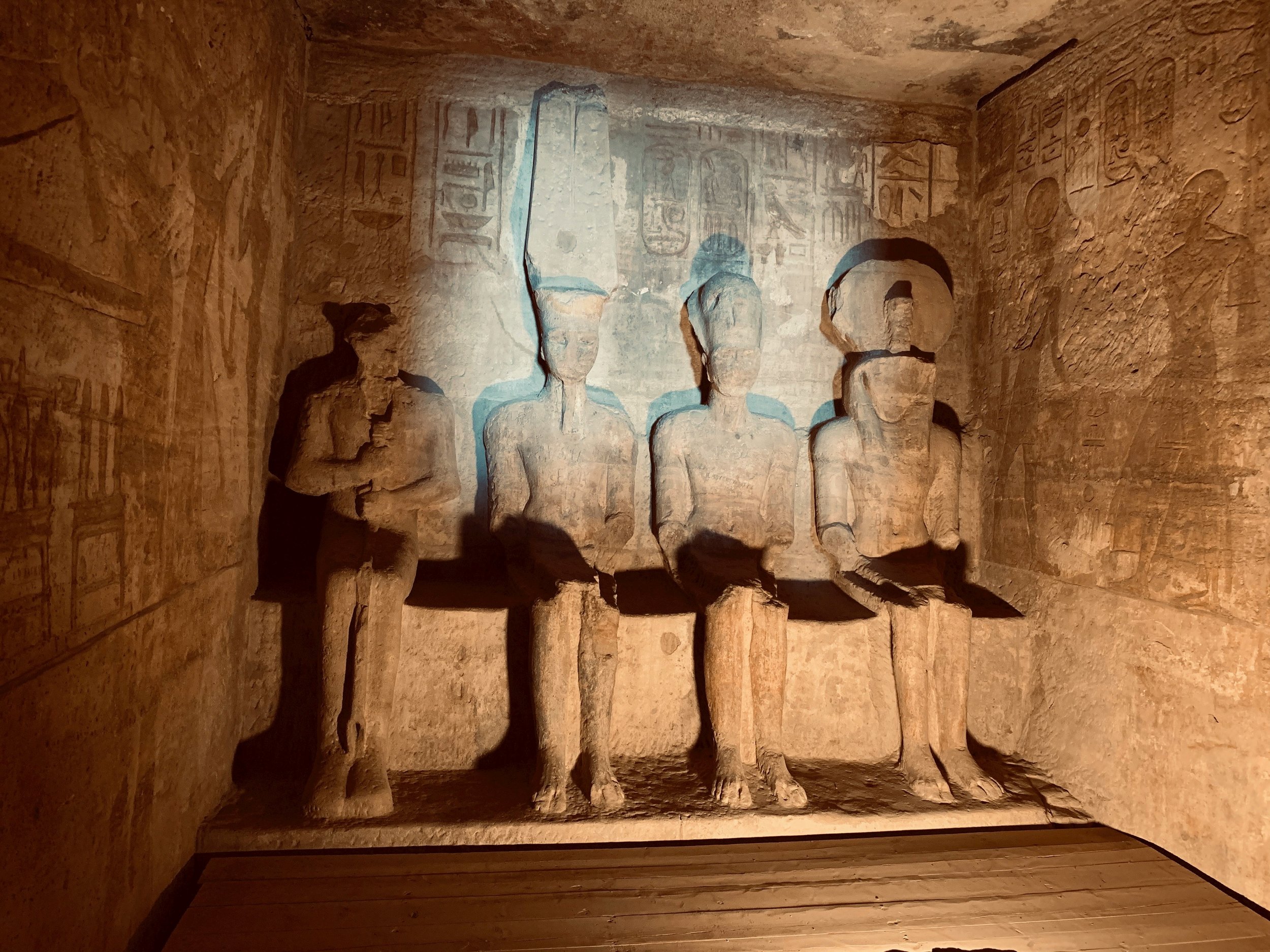
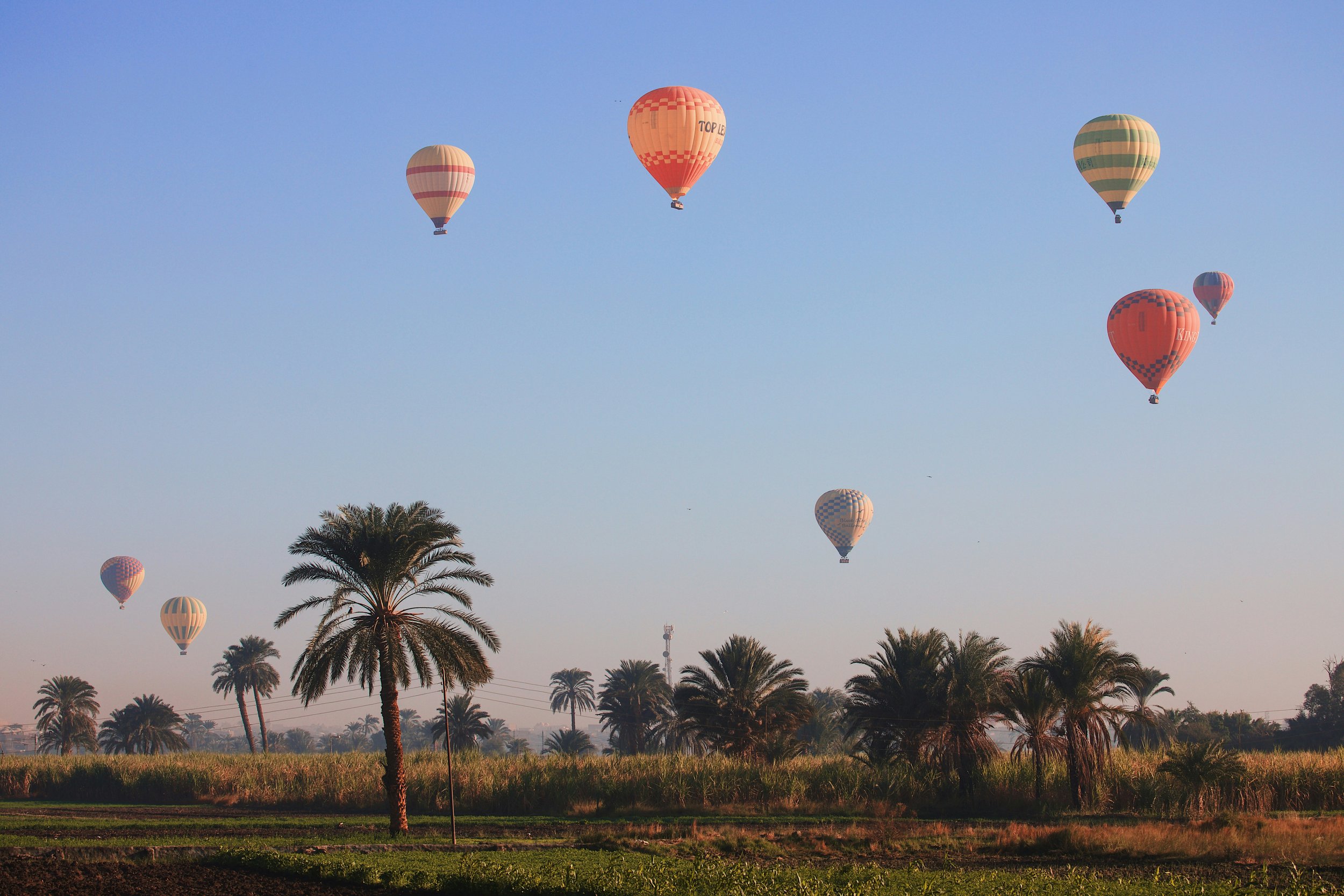
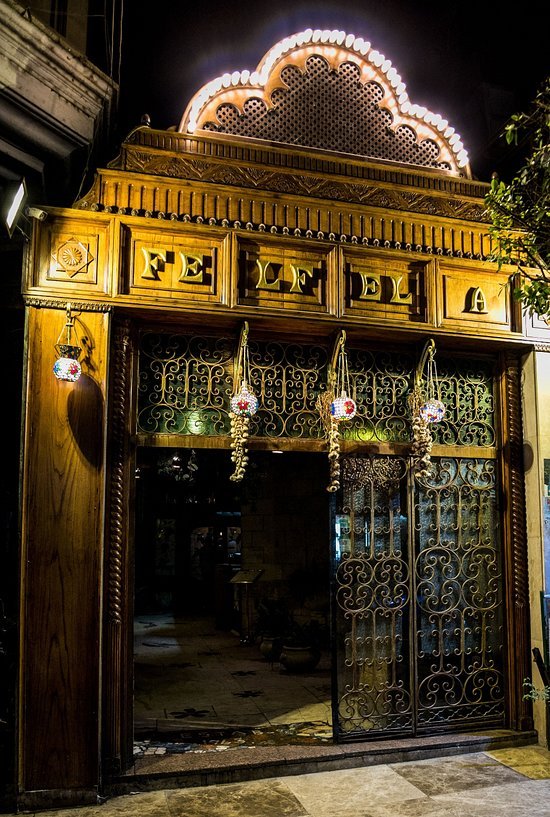











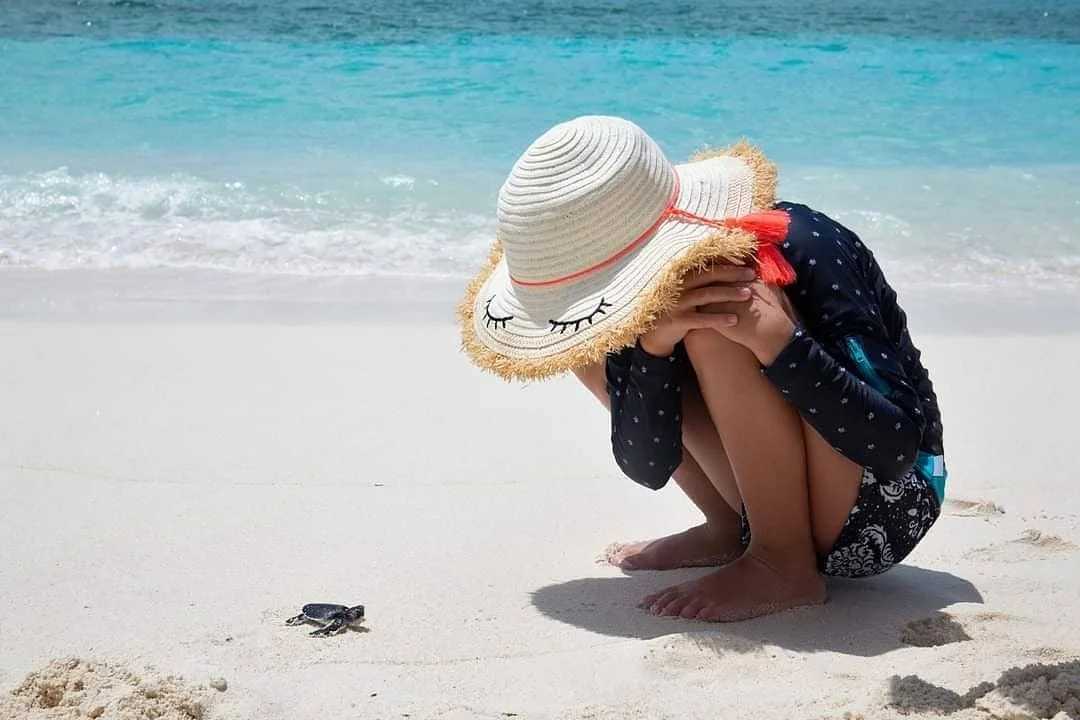




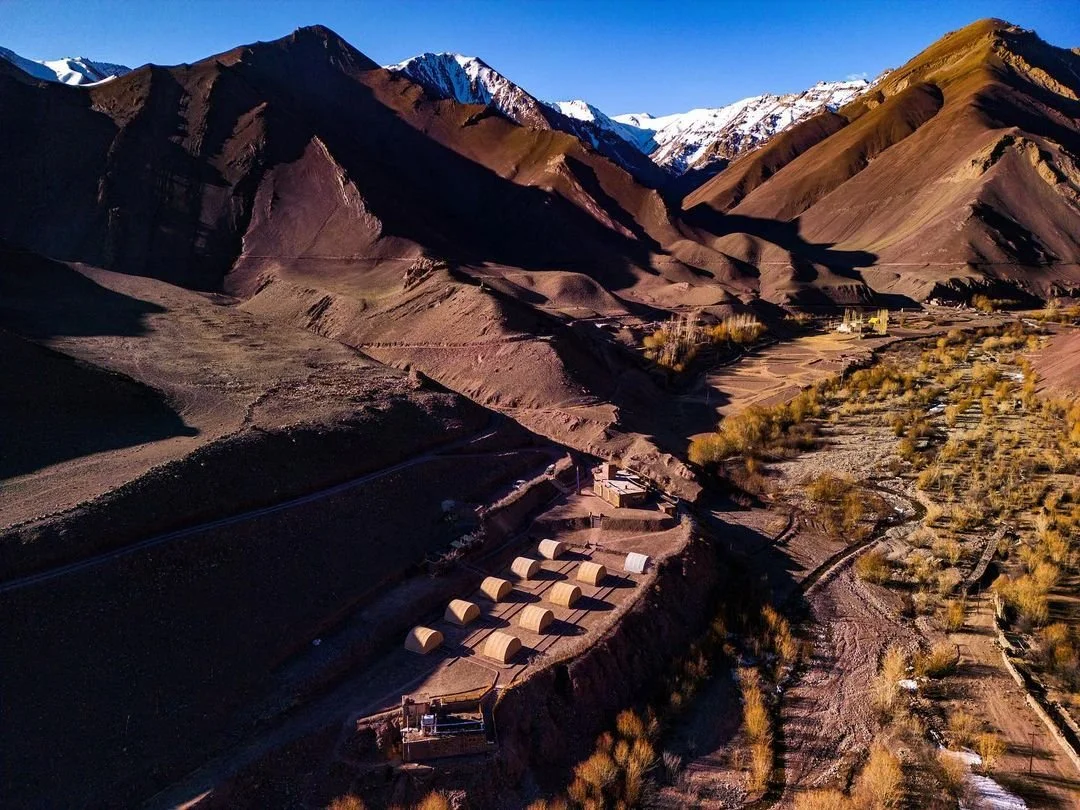
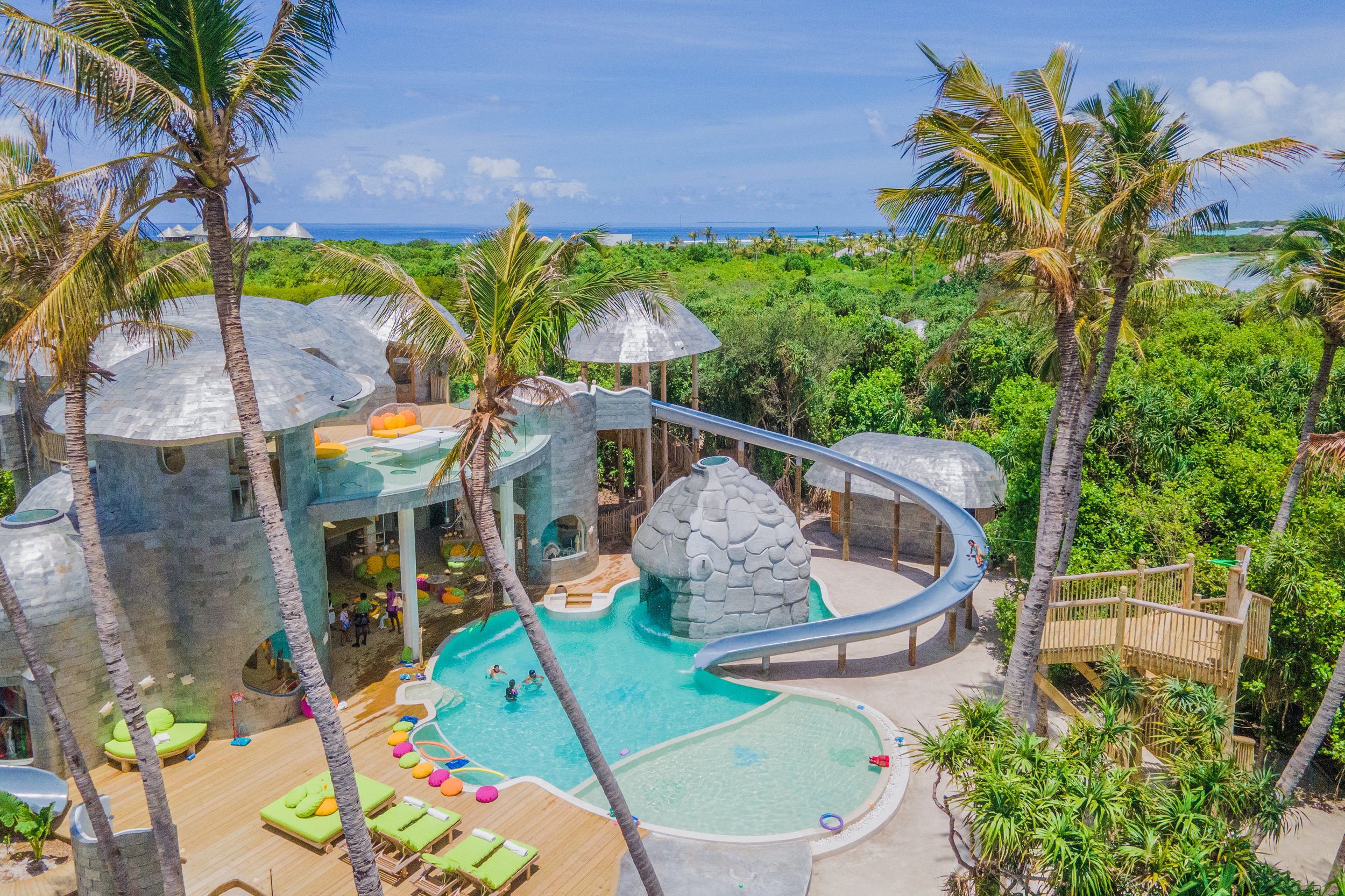




Wellness escapes today go far beyond massages and yoga mats. Experiences like forest bathing in Japan, wild swimming in Scandinavian fjords, sleep therapy in Switzerland and even energy healing in the Costa Rican jungle promise not just relaxation but a deep, sensory reawakening.